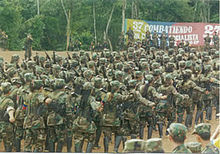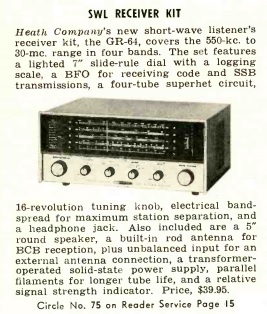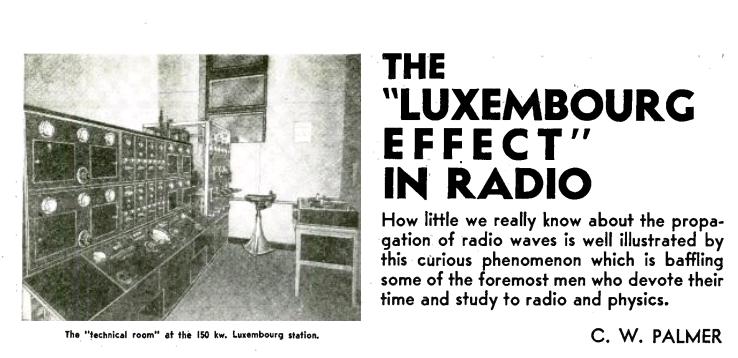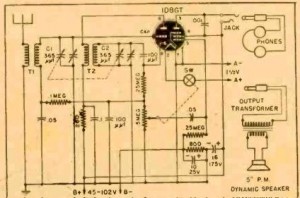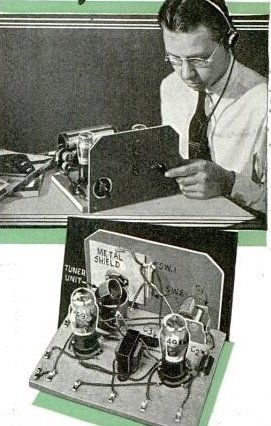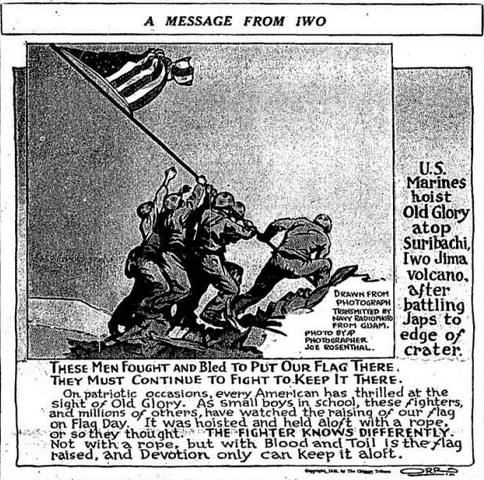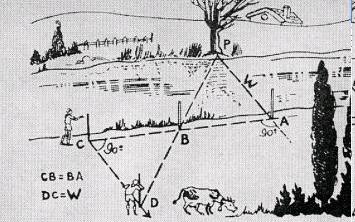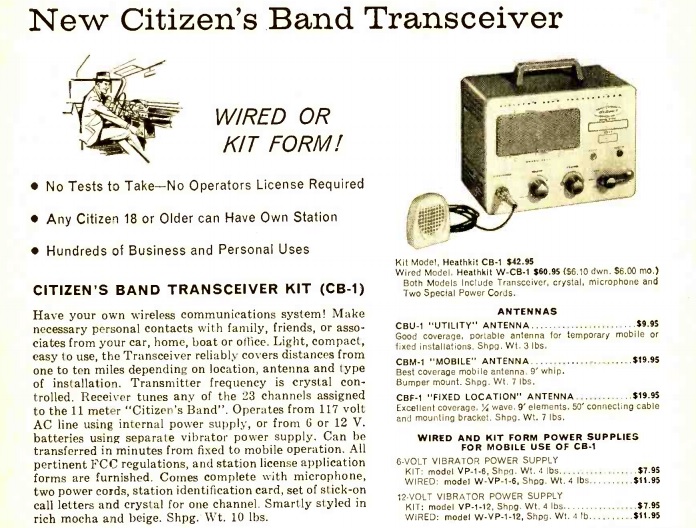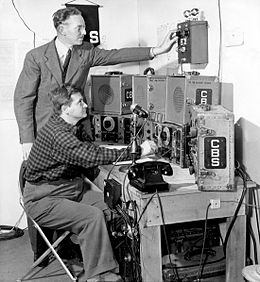In earlier posts, I’ve looked at the shortwave broadcast bands, and short wave listening during World War 2. 75 years ago, the Saturday Evening Post carried an interesting look at the war of words that was then filling the short wave bands. It gives a fascinating and detailed look at what the bands must have sounded like for short wave listeners as Europe was at war. The original article is now available at the Saturday Evening Post website. There is a link to the original 1940 article, “The War of Lies and Laughs: The Story of Radio’s 24-Hour A Day Word Battle,” which was written by freelance writer J.C. Furnas, and appeared in the February 3, 1940, issue of the magazine, at page 16.
In addition to the informative text, it contains a couple of photos of the CBS shortwave listening station on Long Island, New York, complete with at least three National HRO receivers. From the look of the listening station in 1940, it appears that the station was thrown together hastily by CBS. The tables are unfinished wood, and the staff are making use of folding chairs.
Shown operating the receiver at the CBS listening post was one Carl Schutzman, and CBS newsman Elmer Davis is shown combing through the news picked up from the short waves.
Furnas begins his account of the propaganda war with the reaction of a loyal German-American Iowa farmer, who is outraged to hear an old acquaintance, one Fred Kaltenbach–or someone claiming to be him–persoanlly addressing the Iowa farmer on the Berlin radio. The speaker, ostensibly a German immigrant who returned to the old country, mentions the Iowan by name and even mentions the name of his old schoolteacher in an effort to establish his bona fides. He tells the Americans that they shouldn’t fall for the British propaganda cooked up by that liar Winston Churchill, and stay out of Europe’s war. (Kaltenbach was indicted in absentia, for treason, but died in Soviet custody after the end of the war.)
The scuttling of the Graf Spree in Montevideo harbor was still fresh on the American mind, and Furnas’ article points out the contradictions of the various short wave accounts coming from Europe. The article discusses both broadcasts directed to America, as well as broadcasts directed by the beligerents to the other warring nations. It notes that in neither case is it possible to determine exact numbers of listeners. It points out that listening to foreign radio is a criminal offense in Germany, and notes that a four-year sentence was reportedly handed down recently for that offense.
Furnas does point out that prior to the war, NBC received about 600 letters a month from German listeners, which dropped to six per month after the war began. But he’s quick to concede that the drop in mail volume was probably because the Germans didn’t want to get caught listening–not because they actually stopped listening. And according to Furnas, very few Americans actually listened to German broadcasts, despite the fact that 40% of American receivers tuned the short wave bands. “When crack receivers with expert staffs, working for broadcasting companies, have trouble getting clear reception for days on end, what can the man in the average living room expect?” He answers this question by saying that their likely to revert to Charlie McCarthy.
The most interesting part of Furnas’ article, except possibly for the photos, is the accounts of the English-language programs coming from each side. At that time, the identity of Lord Hawhaw was not known, and Furnas speculates that it was Norman Baillie-Stewart. Baillie-Stewart had actually been connected with the broadcast until 1939, but had been replaced by the time the article was published by William Joyce,
who was executed for treason in 1946.
Despite the fact that few Americans were listening to foreign broadcasts, Furnas points out that the situation was better for the Germans in South America. Many South American newspapers, unable to afford wire services, were said to collect most of their news from foreign broadcasts, and the Germans capitalized. But even before the U.S. entered the war, the Americans made a concerted effort to target South America, with much success, probably for the same reasons that the Germans were successful–it was an easy source of news for small papers. And the American stations came in a lot stronger.
The article details the propaganda styles in use between Germany and Britain. British broadcast contained quite a few recordings of Hitler, in the hopes of pointing him out as a liar with his own words. German broadcasts to England, on the other hand, were heavy with insults such as “England will fight to the last Frenchman,” and various insults against “the old liar” Churchill, whose initials, the German announcers were quick to point out, were the same as those of a Water Closet.
Germans also concentrated on the empire. “Berlin loves to put eminent Hindus on the air,” and broadcasts to South Africa did their best to incite the Boers.
Britain broadcast the names of German prisoners of war, and the Germans followed suit. (For more information on prisoner broadcasts, see my earlier post.)
Of course, in 1940, American SWL’s had no means of making recordings of broadcasts, but Furnas’ descriptions to some extent make up for the paucity of recordings. In the 2015 update to the article on the magazine’s website, there are, however, a handful of recordings, both before and after America entered the war. But Furnas’ article itself is one of the best I’ve seen to depict what an American SWL might have been able to hear during the war years.
For a look at Japanese shortwave propaganda later in the war, please see my recent post on Japanese propaganda directed toward African Americans.
Click Here For Today’s Ripley’s Believe It Or Not Cartoon

